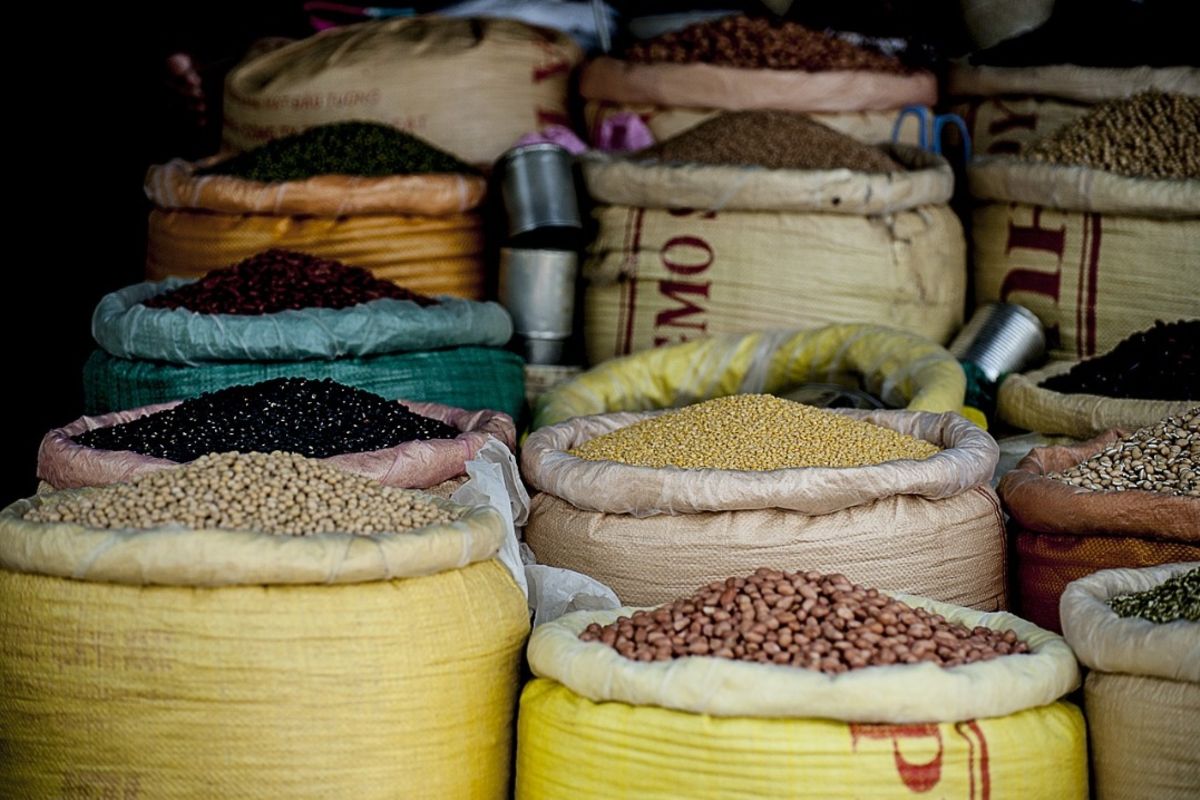The current and projected low food inflation rates suggest that Tanzania is making strides in ensuring economic stability, improving its agricultural productivity, and fostering a more investment-friendly environment. This reflects positively on Tanzania's overall economic development trajectory, indicating a movement toward sustainable growth and enhanced living conditions for its population.
- Food Inflation Rate (August 2024):
In August 2024, the cost of food in Tanzania rose by 2.80% compared to August 2023. This indicates that, on average, food prices increased moderately over the past year. This is a relatively low inflation rate compared to historical trends, reflecting better control over food price stability during this period. - Historical Food Inflation (2010–2024):
- The average food inflation rate in Tanzania from 2010 to 2024 was 7.85%, suggesting that food prices generally increased at a higher rate during this period.
- January 2012 saw the highest recorded food inflation rate of 27.84%, driven by factors such as poor agricultural output, global commodity price spikes, and possibly higher costs of transportation and distribution.
- The lowest food inflation rate was recorded in March 2019, at just 0.10%, reflecting near price stability for food products during that time, possibly due to favorable agricultural conditions or effective government interventions.
- Future Projections for 2024:
According to TICGL's global macro models and analysts' expectations:- Food inflation is expected to moderate further to 2.60% by the end of the current quarter (Q3 2024). This suggests that food prices will likely remain relatively stable in the near term, barring any unforeseen disruptions.
- Long-term Projections (2025–2026):
- In the longer term, food inflation is projected to decline further, with rates expected to reach 1.40% in 2025 and 1.10% in 2026. These projections indicate an expectation of increased stability in food prices, which could be due to improvements in agricultural productivity, supply chain efficiencies, or favorable economic policies aimed at food price control.
Food inflation in Tanzania, particularly the trends and future projections, insights into the country's economic development
- Price Stability and Inflation Control:
- The moderate food inflation rate of 2.80% in August 2024, compared to much higher historical averages, suggests that Tanzania is managing to stabilize food prices. This can be a sign of improving economic management, agricultural output, and better control over inflationary pressures.
- A declining trend in inflation rates, with future projections of 1.40% by 2025 and 1.10% by 2026, indicates expectations of sustained economic stability. Lower inflation rates enhance purchasing power and contribute to poverty reduction by keeping essential goods like food affordable.
- Improved Agricultural Sector:
- Historically, food inflation spikes (like the 27.84% in January 2012) have been driven by disruptions in agricultural production, poor harvests, or supply chain inefficiencies. The current and projected lower rates suggest improvements in Tanzania's agricultural sector. These improvements could be a result of government initiatives, investments in agricultural modernization, better weather patterns, or advancements in logistics.
- Stable and low food inflation implies that Tanzania’s efforts to increase productivity, mechanize agriculture, and ensure food security are yielding positive results, contributing to overall economic growth.
- Macroeconomic Stability:
- Lower inflation rates are generally linked to macroeconomic stability. In this case, the expected decline in food inflation suggests that Tanzania’s fiscal and monetary policies are helping to manage inflation effectively.
- Stable inflation rates can attract investment by providing a predictable economic environment. Investors are more likely to invest in sectors like agriculture, manufacturing, and retail if they know that inflation will not erode their returns.
- Consumer Confidence and Poverty Reduction:
- As food prices stabilize, especially in a country where food comprises a significant portion of household expenditures, consumers experience more confidence in their purchasing power. This supports household welfare and reduces the risk of food insecurity, which is crucial for overall human development.
- Lower inflation contributes to reducing poverty, as stable or declining food prices mean that households, particularly low-income ones, can afford basic necessities, thus improving living standards.
- Alignment with Long-term Development Goals:
- The expected reduction in food inflation aligns with Tanzania’s broader economic development goals, such as Vision 2025, which focuses on achieving a middle-income economy. By ensuring food price stability, the government is addressing one of the key components of sustainable development: economic resilience and food security.
- Stable food prices also support other sectors like tourism, industry, and trade, as lower inflation contributes to maintaining competitive pricing for goods and services.
- Global and Domestic Investment Attractiveness:
- As inflation stabilizes, particularly food inflation, Tanzania becomes more attractive to both domestic and international investors. A stable inflation environment reduces uncertainty, allowing businesses to plan long-term and reducing the risk of volatile price swings that could erode profit margins.
- With projected food inflation as low as 1.10% by 2026, Tanzania may experience increased investment in its agricultural and food processing sectors, spurring job creation, export growth, and increased GDP.
- Policy Success:
- The projections reflect the success of policies aimed at food security, such as agricultural modernization, rural development programs, and infrastructural improvements (like better transport networks for distributing food). It also shows progress in Tanzania’s efforts to reduce dependency on food imports by enhancing local production.
- Government policies to control inflation and ensure macroeconomic stability, such as prudent monetary policy and controlled public spending, are also yielding results.
